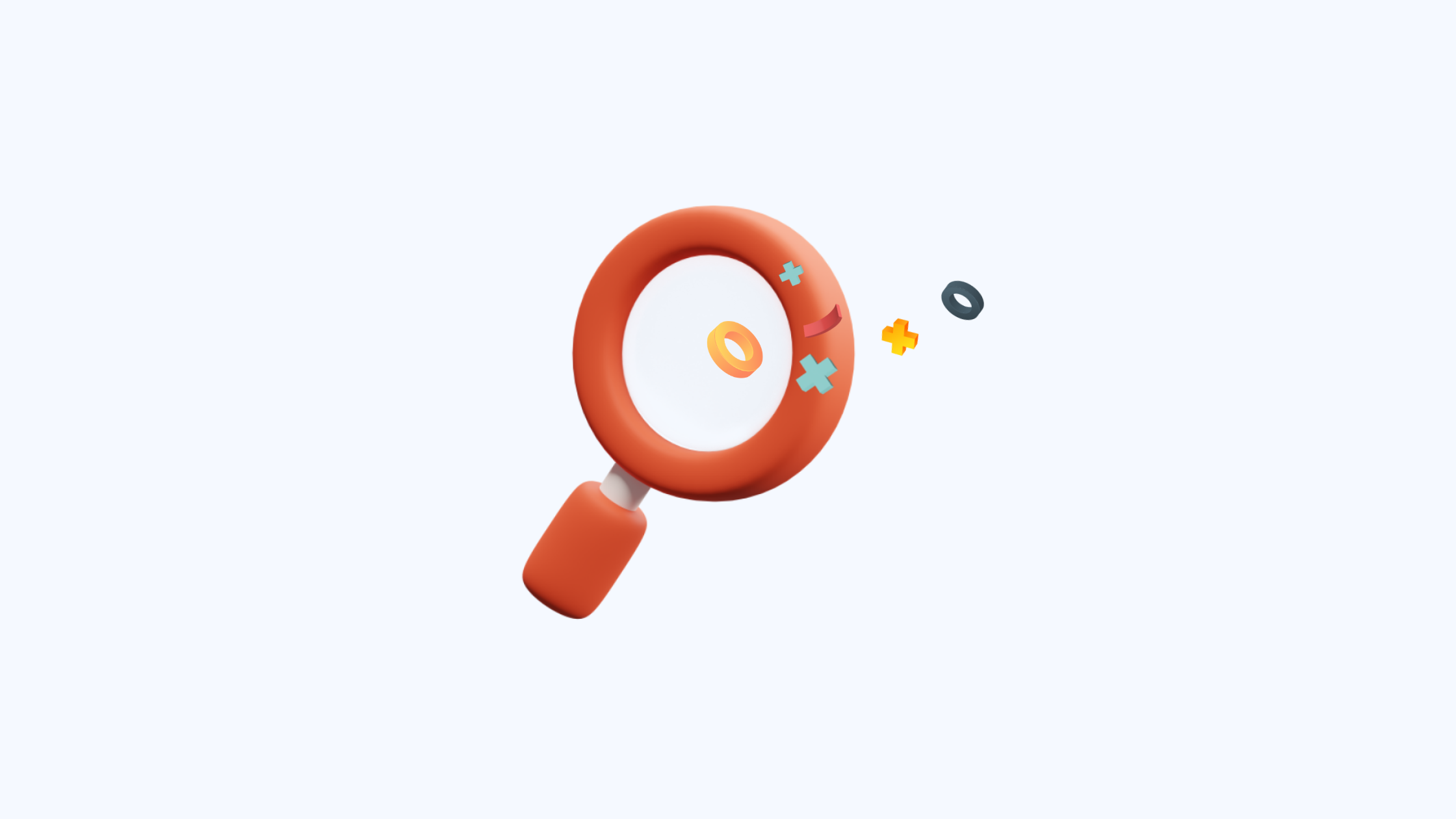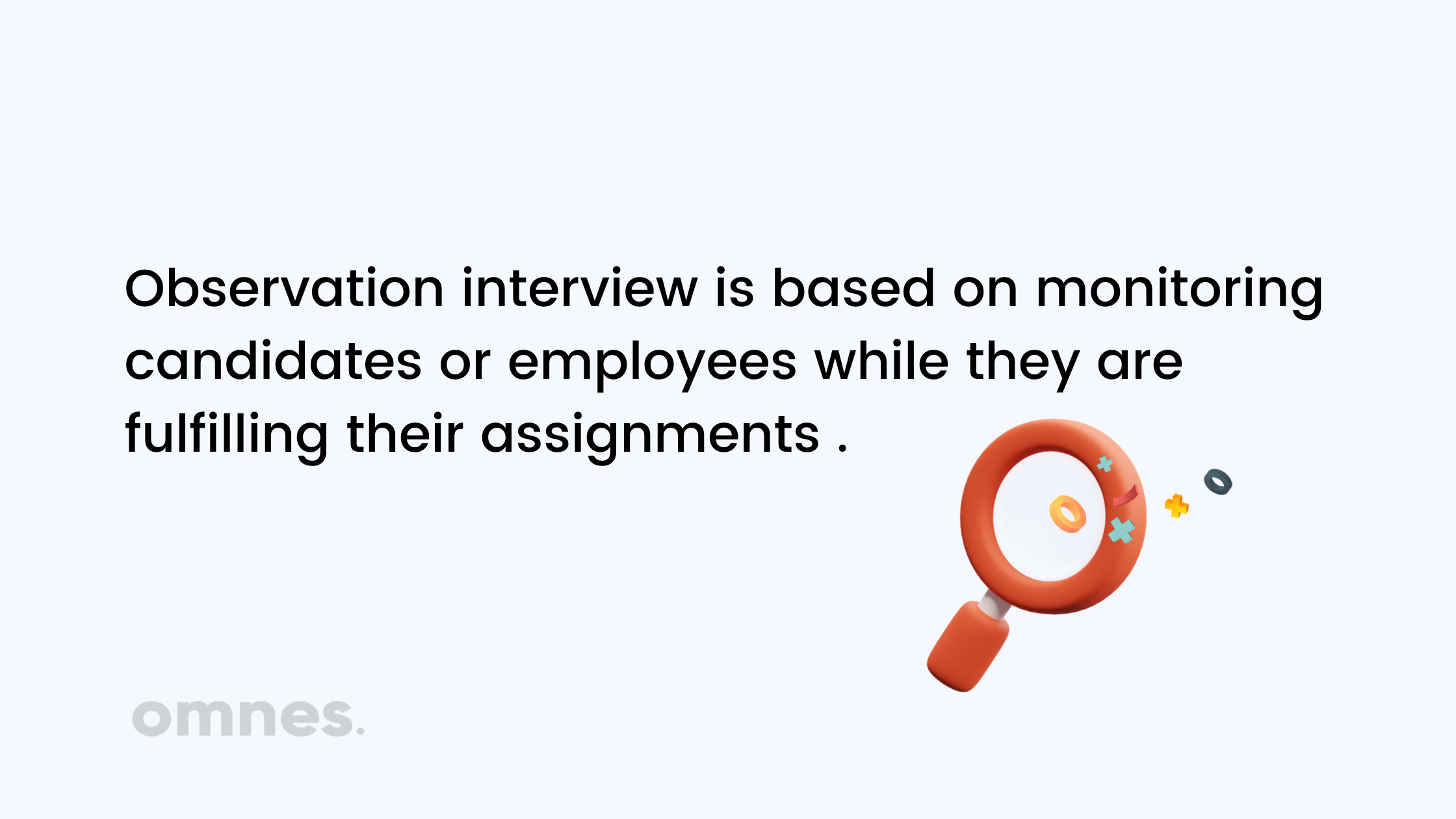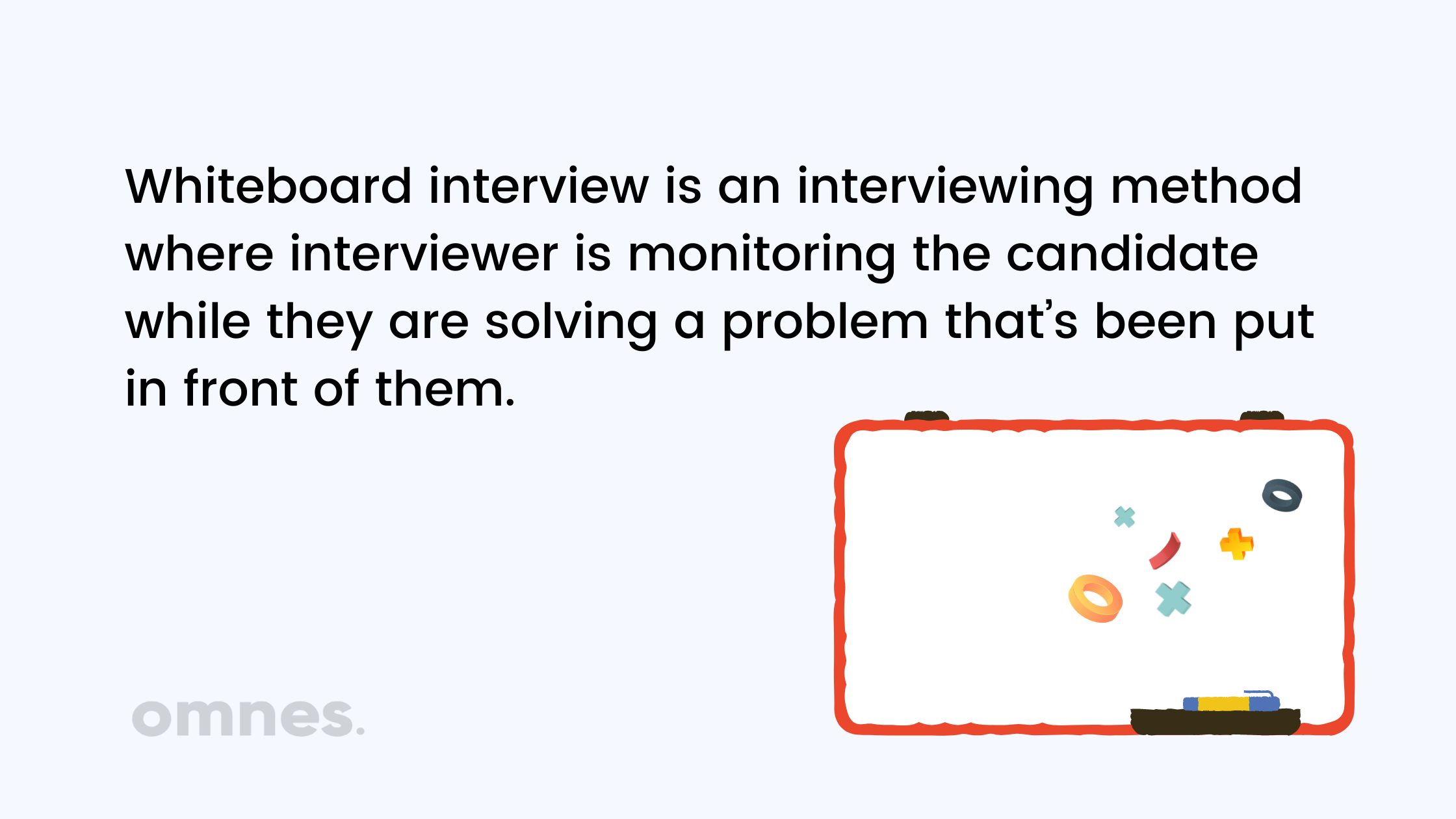Hiring
What is an Observation Interview?

The traditional interview process is failing tech companies. With remote work reshaping team dynamics and AI tools transforming how developers work, HR managers need assessment methods that reveal actual performance, not just interview performance. While most recruitment focuses on rehearsed responses and technical quizzes, forward-thinking organizations are rediscovering the power of observation interviews.
An observation interview involves monitoring candidates or employees as they perform real tasks in natural or simulated work environments. Unlike traditional Q&A sessions, this method reveals authentic behavior, problem-solving approaches, and collaboration skills that directly translate to job performance.
In this comprehensive guide, you’ll discover how observation interviews can transform your hiring accuracy, when to implement them in your tech recruitment strategy, and best practices for conducting them ethically and effectively.

What is an Observation Interview?
An observation interview is a behavioral assessment method where evaluators monitor individuals performing actual work tasks or solving real problems in their natural work environment. Rather than relying on self-reported capabilities, this approach captures authentic behavior, decision-making processes, and technical competencies in action.
What we’re seeing with current hiring trends is a shift toward practical assessment methods. The reality in today’s tech landscape is that traditional interviews often fail to predict job performance, especially for technical roles where collaboration and real-world problem-solving matter more than memorized algorithms.
How Observation Interviews Differ from Traditional Methods
While conventional interviews test what candidates say they can do, observation interviews reveal what they actually do when faced with realistic challenges. This distinction becomes critical when hiring for roles requiring complex technical skills, cross-functional collaboration, or high-pressure decision-making.
Key differentiators include:
Team interaction dynamics rather than individual presentation skills
Real-time performance assessment rather than hypothetical scenarios
Natural behavior observation instead of prepared responses
Authentic problem-solving versus rehearsed technical explanations
The Purpose of Observation Interviews in HR
Given the current market shift toward skills-based hiring, observation interviews serve multiple strategic purposes in modern HR management. Let’s rethink how you approach candidate evaluation by understanding when and why this method delivers superior insights.
Primary Applications in Tech Recruitment
Technical Role Assessment: For software engineering positions, observation interviews can reveal coding practices, debugging approaches, and how candidates handle unexpected errors—insights impossible to gather from whiteboard exercises or take-home tests.
Leadership Evaluation: When promoting internal candidates to technical leadership roles, observing their natural mentoring style, conflict resolution approach, and decision-making under pressure provides invaluable data.
Cultural Fit Analysis: Remote-first culture has changed how we evaluate collaboration skills. Observation interviews reveal authentic communication patterns, adaptability, and team integration capabilities.
Performance Management: Beyond hiring, observation interviews help identify skill gaps, coaching opportunities, and career development paths for existing team members.
Key Characteristics of an Observation Interview
Here’s what most companies miss about effective observation interviews: they’re not about catching people off-guard or creating artificial pressure. The most valuable insights emerge when individuals feel comfortable enough to demonstrate their natural work patterns.
Essential Elements
Authentic Environment: Whether conducted in actual workspaces, realistic simulations, or collaborative settings, the environment should mirror real job conditions.
Defined Observation Criteria: Successful observation interviews require predetermined behavioral indicators and performance metrics aligned with role requirements.
Minimal Interference: Observers maintain passive roles, allowing natural behavior to emerge without creating performance anxiety.
Structured Documentation: Systematic recording of observations ensures consistent evaluation and reduces unconscious bias.
Advantages of Observation Interviews
Based on our experience with similar assessment challenges, observation interviews offer several compelling advantages over traditional evaluation methods.
Objective Performance Insights
Unlike self-reported capabilities, observation interviews reveal actual competencies in action. For DevOps roles requiring rapid incident response, watching candidates troubleshoot real system issues provides far more accurate assessment than hypothetical scenario discussions.
Enhanced Cultural Fit Evaluation
The shift toward edge computing has created new challenges for team collaboration. Observation interviews reveal how candidates naturally communicate technical concepts, handle ambiguity, and integrate with existing team dynamics.
Identification of Hidden Strengths
Many top-performing engineers excel at pattern recognition, creative problem-solving, or knowledge transfer—skills often invisible in traditional interviews but clearly observable during real work scenarios.
Reduced Interview Bias
Standardized observation criteria and behavioral indicators help minimize unconscious bias that can skew traditional interview evaluations, particularly important for building diverse technical teams.
Challenges and Limitations
While observation interviews offer significant advantages, they’re not without implementation challenges. Understanding these limitations helps you design more effective assessment processes.
Time and Resource Investment
Observation interviews require more time than traditional methods, making them impractical for high-volume recruiting. They work best for senior roles, specialized positions, or internal promotions where assessment accuracy justifies the investment.
Observer Bias and Training Requirements
Effective observation requires trained evaluators who understand both technical competencies and behavioral assessment principles. Without proper training, observers may focus on superficial behaviors rather than meaningful performance indicators.
Privacy and Ethical Considerations
When observing current employees, clear communication about assessment purposes and consent becomes crucial. Transparency about evaluation criteria and feedback processes helps maintain trust and legal compliance.
Environmental Variables
Artificial observation settings may not fully replicate real work conditions, potentially affecting behavior authenticity. Remote observation presents additional technical and interpersonal challenges.her aspects, such as the higher level of autonomy for the candidate and lower level of stress.

Best Practices for Conducting Observation Interviews
Let’s discuss how to implement observation interviews effectively while avoiding common pitfalls that can undermine their value.
Pre-Observation Planning
Define Clear Success Criteria: Establish specific behavioral indicators and performance metrics aligned with role requirements. For a senior React developer role, this might include code organization patterns, debugging methodology, and component architecture decisions.
Create Realistic Scenarios: Design observation tasks that mirror actual job responsibilities. If the role involves legacy system maintenance, include scenarios requiring code comprehension and incremental improvements.
Train Observer Teams: Ensure evaluators understand technical requirements, behavioral assessment principles, and bias recognition techniques.
During the Observation
Maintain Observer Neutrality: Avoid providing hints, assistance, or reactions that might influence natural behavior patterns.
Document Systematically: Use structured observation forms capturing both technical performance and soft skills demonstration.
Focus on Process Over Outcomes: How candidates approach problems often reveals more about future performance than whether they reach perfect solutions.
Post-Observation Analysis
Collaborative Evaluation: Multiple observers reduce individual bias and provide comprehensive performance perspectives.
Structured Feedback Integration: Combine observation insights with other assessment data for holistic candidate evaluation.
Continuous Process Improvement: Regular review of observation criteria and outcomes helps refine assessment accuracy over time.
Observation Interview vs. Traditional Interview
The traditional approach of sending standardized technical questions hoping to predict performance doesn’t work in today’s dynamic tech environment. Here’s how observation interviews address these limitations:
Traditional Interview Limitations
Rehearsed Responses: Candidates can prepare for common questions, masking actual capabilities or communication challenges.
Artificial Pressure: Whiteboard coding or live technical quizzes create stress that rarely reflects real work conditions.
Limited Behavioral Insight: Traditional formats focus on past experiences rather than current problem-solving approaches.
Observation Interview Advantages
Authentic Performance: Real tasks reveal genuine technical skills and work habits.
Natural Collaboration: Team-based observation scenarios show actual communication and cooperation patterns.
Stress Response Assessment: How candidates handle realistic challenges indicates future performance under pressure.
Hybrid Approach Implementation
Most effective assessment strategies combine observation interviews with traditional methods. Use initial screens to establish baseline qualifications, then employ observation interviews for final candidate evaluation or internal promotion decisions.
Real-World Examples in HR
Here are practical applications showing how observation interviews solve common tech hiring challenges:
Software Engineering Assessment
Challenge: A fintech startup struggled to identify senior engineers capable of mentoring junior team members while maintaining code quality standards.
Observation Solution: Candidates participated in pair programming sessions with actual junior developers, revealing natural teaching styles, code review approaches, and patience levels under realistic conditions.
Outcome: Hired engineers who excelled at knowledge transfer, reducing junior developer ramp-up time by 40%.
DevOps Leadership Evaluation
Challenge: Promoting internal candidates to Platform Engineering leadership required assessing both technical depth and incident management capabilities.
Observation Solution: Candidates led simulated incident response scenarios using actual system monitoring tools and existing team members.
Outcome: Identified leaders with strong technical decision-making and team coordination skills, resulting in 60% faster incident resolution times.
Remote Team Integration
Challenge: Assessing cultural fit for remote-first development teams where asynchronous communication and documentation skills are critical.
Observation Solution: Candidates completed collaborative projects using the team’s actual tools (Slack, GitHub, Notion) while observers monitored communication patterns and documentation quality.
Outcome: Improved remote team satisfaction scores by selecting candidates who naturally aligned with distributed collaboration practices.
Conclusion
The evolution of tech work demands assessment methods that capture real performance, not interview performance. Observation interviews provide the behavioral insights traditional methods miss, helping you build stronger technical teams through evidence-based hiring decisions.
What we’re seeing across the industry is a recognition that technical skills alone don’t predict success. The ability to collaborate effectively, solve complex problems under pressure, and integrate with existing team dynamics often matters more than algorithmic knowledge or years of experience.
Key takeaways for implementation:
- Start with high-impact roles where assessment accuracy justifies time investment
- Combine observation interviews with traditional methods for comprehensive evaluation
- Train observer teams on both technical requirements and bias recognition
- Focus on authentic scenarios that mirror actual job responsibilities
- Document systematically to ensure fair and consistent evaluation
Ready to transform your technical hiring accuracy? Let’s discuss how observation interviews can address your specific assessment challenges and help you identify candidates who will truly drive your engineering organization forward.